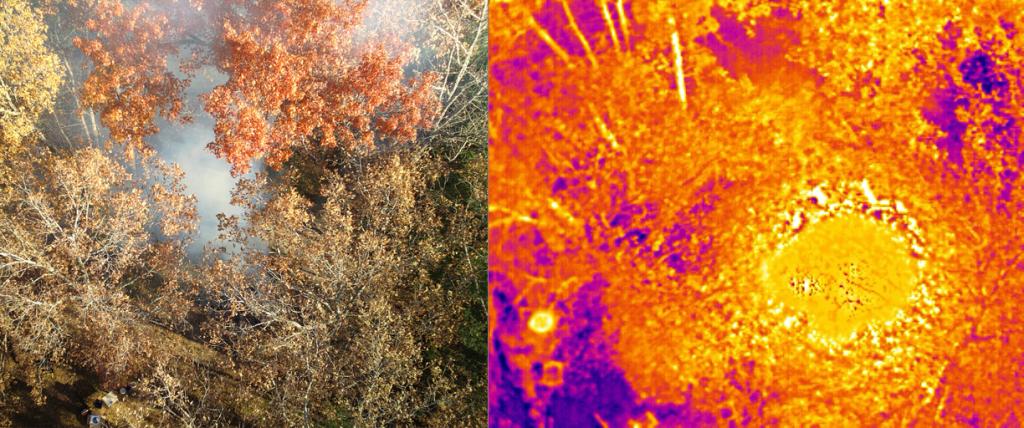Project Details

The Grid Communications and Security Group utilizes sensors to recognize and/or record images, sounds, temperature, movement and vibration, airborne materials, and other data from remote equipment or locations. These sensors can be deployed on a variety of platforms, from electrical substations to drones. Sensor type, placement and accuracy can be key to monitoring the safety, security and proper operation of hardware in the electric grid. The research team tests sensors for effectiveness as well as resilience to fluctuations in dynamics within the electrical distribution system. The co-located Grid Research Innovation and Development Center (GRID-C), as well as distribution-level sensor testbeds in transmission lines at ORNL’s Distributed Energy Communications and Control (DECC) Laboratory, enable the group to test how sensors function in high voltage settings and conditions such as those that might occur during microgrid operation.
But sensor applications also extend far beyond the electric grid. Researchers have developed sensor platforms for detecting air pollutants that are dangerous to breathe, such as vermiculite and the pesticide carbofuran. The team has also developed, tested and integrated sensors and control systems into wired and secure 5G wireless communications networks, including performing waveform analytics and investigating radio frequency congestion.

Sensors can generate large amounts of data. The research team has developed standardized databases of key information gathered by sensors. These can be used to develop analysis algorithms to process the information for faster decision-making. A framework called the Grid Signature Library provides a storage platform and serves as a catalogue for waveform data the research community can use. These waveforms represent both live sensor data and recorded events, such as broken circuits caused by faulty programming, which occur during grid operations.
The library incorporates a hierarchical labeling scheme and machine learning for interactive waveform signature identification and matching. Partners from academia, national labs, equipment manufacturers, and utilities form a user group that regularly provides feedback on the development of the user interface and datasets.


